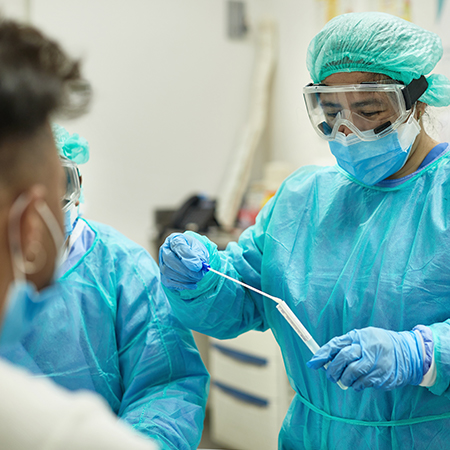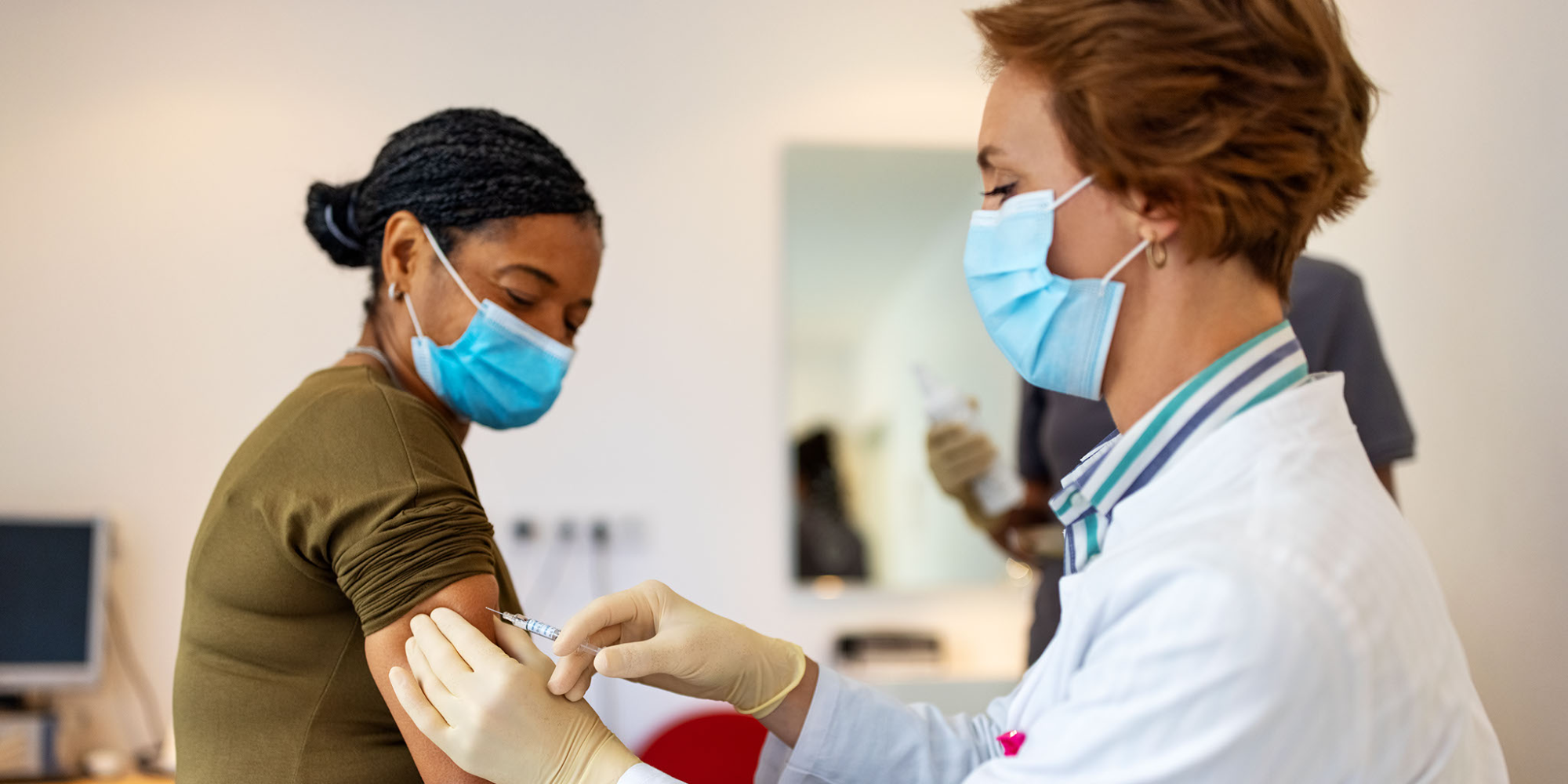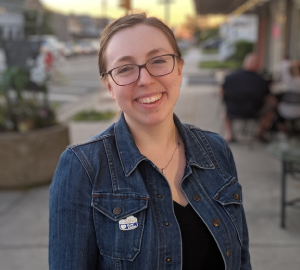Ensuring acceptance and trust for the COVID-19 vaccines is critical to achieving herd immunity, protecting the most vulnerable populations, and reopening social and economic life. Organizations such as the Kaiser Family Foundation are regularly tracking COVID-19 vaccine hesitancy and found about 31% of US adults are hesitant to get a vaccine. Many Americans, especially Black and Latinx/Hispanic adults, would prefer to “wait and see” on how the vaccine is working for other people before getting it themselves. As COVID-19 vaccination efforts continue in cities and states across the country, federal, state, and local elected officials, public health authorities and their partners must engage and communicate effectively with the public to address vaccine hesitancy and build trust in the vaccines and allocation process.
The Societal Experts Action Network (SEAN) and the Standing Committee on Emerging Infectious Diseases and 21st Century Health Threats of the National Academies of Sciences, Engineering, and Medicine (NASEM) recently released guidance on strategies for building confidence in COVID-19 vaccines following a December 2020 public session on the same topic. In response to the COVID-19 pandemic, SEAN was created to help decision-makers across all levels of government answer critical, complex questions and formulate evidence-informed policy related to the pandemic, drawing on expertise in the social, behavioral, and economic sciences.

Community needs differ across settings and contexts, and special efforts to reach those most vulnerable to COVID-19—specifically Black, Latinx/Hispanic, and American Indian and Alaska Native communities who have been disproportionately impacted by the pandemic—are critical. To engage diverse communities to combat mistrust and build confidence in COVID-19 vaccines, decision-makers at all levels can:
- Form partnerships with community organizations. Local governments can leverage existing relationships with organizations such as neighborhood coalitions or faith-based networks to promote vaccines. These organizations are closer to their audiences and are adept at tailoring information.
- Engage with and center the voices and perspectives of trusted messengers who have roots in the community. Campaigns that include community leaders from disproportionately impacted communities and trusted community representatives and allow for two-way dialogue with community input in solution creation and implementation are effective.
- Engage across multiple, accessible channels. Local leaders can choose to communicate through town hall meetings or other special events, but it is critical to support a variety of outreach channels, particularly to vulnerable communities, to ensure accessibility and cultural appropriateness.
- Begin or continue working toward racial equity. Public engagement around vaccination, particularly in, Black, Latinx/Hispanic, American Indian and other communities of color must begin with an acknowledgment of existing inequities and the legacy of past harm. Local decision-makers can frame vaccination as one of several solutions to help advance equity both now and after the pandemic.
- Allow and encourage public ownership of COVID-19 vaccination. Actions, like establishing local oversight committees, implementing bottom-up approaches, and listening to feedback and adapting accordingly, can engage the public and inspire greater confidence in the vaccine.
- Measure and communicate inequities in vaccine distribution. Transparent tracking of vaccine distribution, measured against a tool such as CDC’s Social Vulnerability Index, could help create accountability.
In tandem with active community engagement, it is imperative that authorities communicate effectively with the public by being timely, credible, clear, and empathetic, and manage public expectations by acknowledging uncertainty, particularly as new vaccines and new data are released on a seemingly daily basis. Here are key strategies for decision-makers in communicating with the public to promote COVID-19 vaccine acceptance:
- Meet people where they are, without trying to persuade everyone. Don’t focus resources on trying to persuade the small portion of the population that is completely opposed to vaccination. Instead, use empathy to reach those who are hesitant or skeptical but willing to learn more.
- Avoid repeating false claims. Efforts to debunk misinformation can have the unintended effect of reinforcing false beliefs. Instead, emphasize the facts or pivot to concerns about the risk of disease. Avoid treating skeptics as the “other” or adopting a “those people” mentality.
- Tailor messages to specific audiences. Vaccine communications should be segmented and need to reflect the intended audience’s specific concerns, motivations, and trusted sources. Make language accessible and jargon-free.
- Adapt messaging as circumstances change. What influences someone’s vaccine decision now is likely to change as distribution and media coverage continue, and messaging should mirror this dynamism.
- Respond to adverse events in a transparent, timely manner. Help people understand what is known and unknown about side effects and rare adverse outcomes to the vaccine.
- Identify trusted messengers to deliver messages. Trust in persons or institutions that deliver vaccine messaging, built over previous years, will boost the credibility of COVID-19 vaccine messaging, and it is critical that this manifests in both community engagement and strategic communication efforts.
- Emphasize growing support for vaccinations instead of focusing on naysayers. Making increased support for and uptake of COVID-19 vaccines more visible and socially normal—such as by distributing “I got vaccinated” stickers or posting real-time data about how many people have received the vaccine—will encourage acceptance by others.
- Leverage trusted vaccine endorsers. Immunization of relatable, trusted, and credible celebrities and community champions can encourage the public to get vaccinated and get vaccinated themselves. Well-known local champions, such as faith leaders, business owners, or athletes, can lead by example to clarify misinformation and set vaccination as the public norm.
- Pay attention to delivery details that also convey information. If the experience of getting the vaccine is negative—online sign-up portals crash, clinic sites are dirty, or people wait a long time at a vaccination site—the public may infer that the vaccine itself is faulty.
The key strategies on building COVID-19 vaccine confidence can be accessed through this interactive web summary.
Learn More
You can download SEAN’s complete Rapid Expert Consultation on this site. SEAN’s COVID-19 Survey Archive houses surveys on the COVID-19 pandemic conducted in the United States and internationally.











